Plant Lavender in [12 Steps]: When and How to Do It
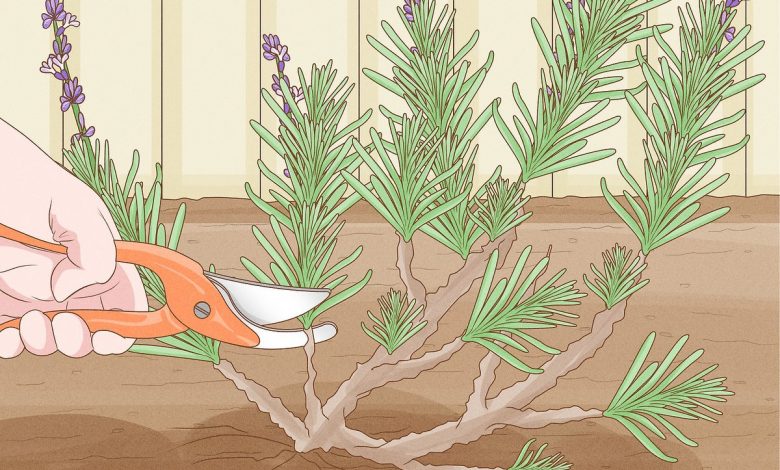
Plant Lavender Step by Step:
- When? In temperate climates (such as the Mediterranean) any time is good. In case of hotter climates, the ideal is in December.
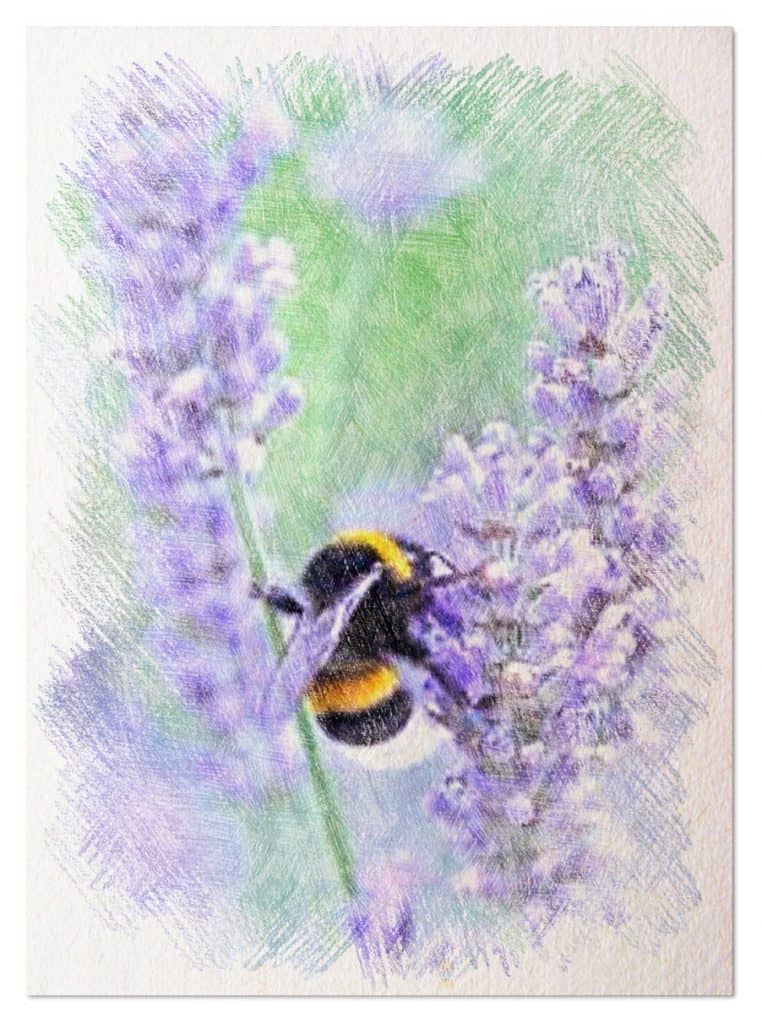
- Germination time? Between 15 and 40 days.
- Where? In a place that receives a lot of sunlight. Lavender needs a lot of sun.
- Type of irrigation? Ideal drip.
- Main problems? Excess moisture and waterlogging in the ground.
- How do we prepare the land? You don’t need much. A pH between 6.5 and 7. Worm humus and some manure.
- How do we sow it? Below all the steps to follow.
- When can we harvest? From the second year we can start harvesting the flowers.
- What do we plant nearby? Any crop benefits from lavender, but we can especially highlight strawberries.
- Pests and diseases? Mainly fungi: Septoria lavandulae, Poma lavandulae and yellow mellea. All three attack plants causing root rot.
Lavender or lavender is a semi -shrub plant with small violet – blue flowers. Despite its characteristic color, it is known, above all, for the fragrant aroma it gives off.
Lavender grows pretty fast.
It is a very resistant plant that requires a lot of light, although in winter it withstands frost well. It adapts without problems to rocky areas and dry and clayey soils, as well as to pots and planters.
Did you know…Did you know that Lavender is an excellent anti-mosquito plant?
You may also be interested in: Differences between lavender and cantaueso
lavender properties
- Lavender essential oil contains linalool, camphor, and cinnamon, all of which have sedative effects on the central nervous system.
- Likewise, it has hypotensive, anti -infective and bactericidal properties.
- Lavender is an effective remedy to combat anxiety, irritability, insomnia, tachycardia and migraines.
- It is also excellent for expelling gas in the stomach and reducing colic.
- Due to its antiseptic and healing action, it is applied to the skin and helps treat rheumatic pain, skin infections, wounds, insect bites, etc.
Types of Lavender
 The cultivation of lavender is fundamentally aimed at obtaining the essential oil, through a distillation process.
The cultivation of lavender is fundamentally aimed at obtaining the essential oil, through a distillation process.
Although it also has ornamental and even culinary use.
It is a typically Mediterranean species and in Spain it abounds in more than the eastern half of the peninsula. Likewise, we find it scattered throughout North Africa and South Asia to India.
We can find different varieties such as:
Lavandula angustifolia
It is found in Spain, Italy and France and is widely used to treat insomnia, headaches and irritability. Likewise, it works as a soothing, healing and disinfectant.
lavandula dentata
Popularly called curly alhucema. It has a predilection for dry sunny places, in limestone soils, in thickets and scrub.
Lavandula multifida
That can be easily recognized by its leaves, divided into fragments and by its indigo color. It shows a great preference for sandbanks and low stony areas near the sea.
lavender stoechas
Commonly called lavender. It is a native species of the Mediterranean Basin that blooms in spring and early summer, depending on the climate where it lives.
Did you know…The lavender color refers to the color of the flowers of Lavandula angustifolia, which is the most widely cultivated species of lavender.
First of all: The dates. When to plant lavender?
We want to plant lavender in areas with cold weather or in sheltered beds in late winter.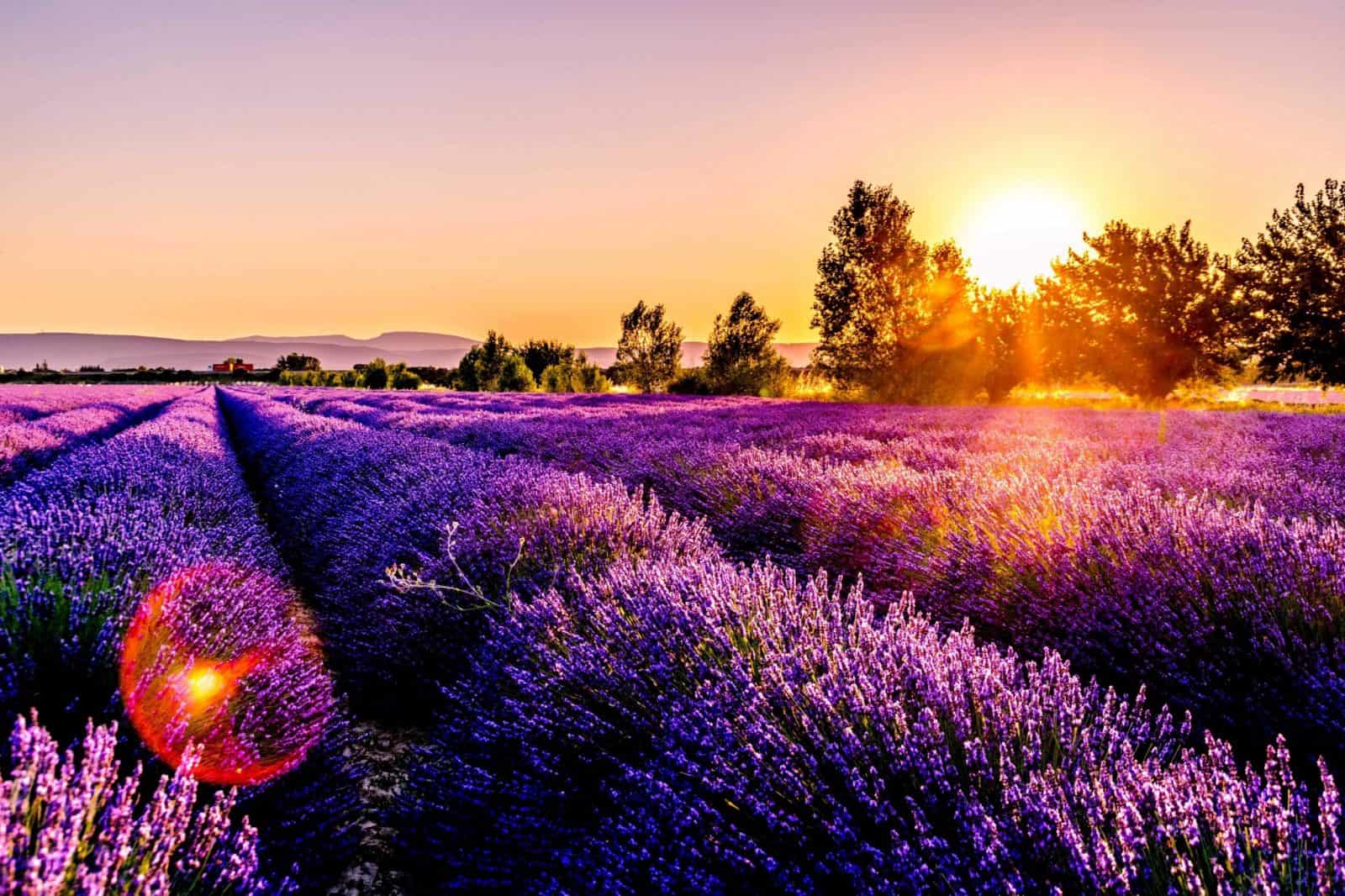
However, if you’re in a temperate climate, you can grow it pretty much year- round.
Temperature and light. Where do we grow it?
Lavender prefers a moderately warm, dry or semi-dry, semi- arid Mediterranean climate with warm to cool winters.
Although it requires good lighting, it adapts well to semi-shaded areas.
The optimal temperature for cultivation is between 15 and 30 ºC. However, it withstands frost very well, down to -10ºC.
It can develop at an altitude between 0 and 1,600 m, although it predominates between 700 and 1,500 m.
humidity and risks
It is a plant that does not need much watering. In fact, it is preferable that the risks are scarce than that we exceed ourselves with the water.
Excess moisture encourages the growth of fungi that are harmful to the plant.
Lavender adapts very well to a lack of moisture in the soil thanks to its deep root system.
Did you know…One of the therapeutic uses of lavender essential oil is as a sedative to help you sleep better.
The substrate and nutrients you need to plant lavender
 Lavender grows very well in dry soils and does not require substrates rich in organic matter.
Lavender grows very well in dry soils and does not require substrates rich in organic matter.
In the same way, it is a plant that is not very demanding in terms of fertilizers, and in some cases it is even advisable not to apply fertilizers. However, it has been shown to respond very well to them.
With a subscriber with earthworm humus annually is enough.
It is recommended that the substrate be loose or loamy, with good drainage to avoid stagnations and excessive humidity.
The optimal pH ranges between 6.5 and 7.5.
If the soil has a very low pH, add agricultural lime. If it’s too high, add pine sawdust.
Did you know…Did you know that Lavender is considered a medicinal herb?
How to plant lavender step by step
- Place the seeds in a container with good drainage. Seeds take time to germinate, so we recommend germinating indoors so they have time to grow during the warm season.
- The containers must be at least 30 cm deep, filled with soil mixed with earthworm humus.
- Moisten the soil one night before planting lavender.
- Put the seeds 1 centimeter deep and cover them with soil. If you sow two or more lavender seeds, make sure they are 2 to 4 centimeters apart.
- Keep the seeds in a warm place, trying to maintain an ideal temperature of 20ºC.
- Water the seeds in the morning so the soil dries before evening falls.
- The seeds will germinate between 15 and 40 days. With the first sprouts you should move the container to a place where it receives direct sunlight. We recommend doing this gradually to allow the plant to get used to the outdoors.
- When your plants have several sets of leaves and they are mature, carry out the transplant. By then, the root system will have grown too large to remain in the shallow tray.
- When your plants have several sets of leaves and they are mature, it means that the root system has grown too much to remain in the container, so you must transplant
- Prior to transplanting, you must carry out digging work on the ground to achieve a soft and uniform ground.
- Transplant the lavender, making sure to leave 30 to 60 cm of distance between each plant.
- Water the lavender only when it is dry. This is important, especially if you live in an area that is particularly dry.
- Fertilize during cold weather. Keep the soil warm by applying gravel or compost bark around the base of the plant.
- To speed up its development you can prune your lavender plant regularly. Cut off any flowering stalks once the first buds begin to bloom during the growing season. Leave at least a third of what grows.
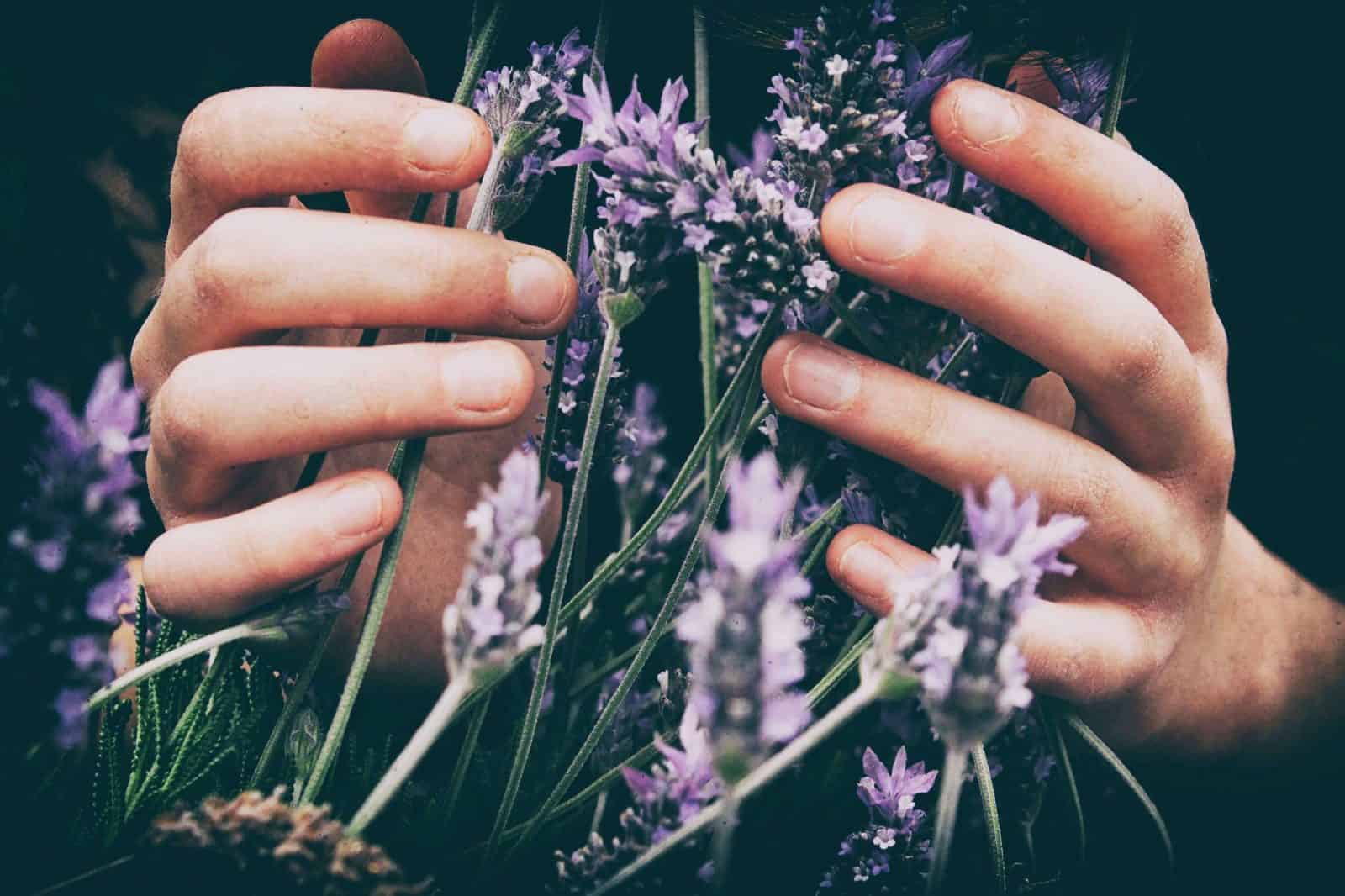
Did you know…In Ancient Egypt lavender was one of the herbs used in the mummification process.
To know more, you can see: Lavender cuttings.
The harvest and collection of lavender
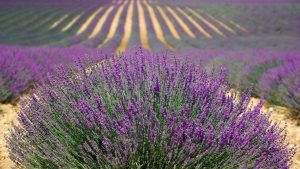 From the second year, we can start harvesting the flowers to dry them or use them fresh in home remedies.
From the second year, we can start harvesting the flowers to dry them or use them fresh in home remedies.
The optimal time to carry out the collection varies depending on the altitude, the exposure of the area and the species.
In general terms
, is when the flowers of the upper half of the spike have opened and those of the lower third are somewhat past.
For harvesting, the flowers are cut above the terminal leaves of the stems. In this way we avoid losing quality in the oil and drying out the plant.
favorable associations
Its proximity to other plants will help keep insects and pests away, specifically aphids and spider mites.
Did you know…Lavender is a wonderful plant to attract butterflies and bees to our garden. Likewise, lavandin, or hybrid lavender, is ideal for repelling insects, especially mosquitoes.
lavender care
Water once or twice a week after planting until the plants are established. Water mature plants every two to three weeks until buds form, and then once or twice a week until harvest.
In cooler growing areas, plants may need additional protection in winter. Cover the plants with a winter mulch of evergreen boughs or straw, which will insulate them from winds and freezing temperatures.
Another option for cold areas is to grow lavender in a pot, keeping it outside in summer and inside in winter. When indoors, place the pot in a south-facing window with as much light as possible. Water sparingly, as the plant will be dormant during this time.
lavender pruning
In hot climates: All pruning can be done in the fall.
In cooler climates: Prune established plants in spring, when green leaves begin to emerge from the base of the plant. Remove about a third of the top to prevent the plant from becoming leggy and bare at the base.
However, it is important not to cut down old wood, as it will not grow back. Leave foliage over winter to protect new growth during frost.
Also, the flowering stalks can be harvested during bloom or cut back after the flowers fade to keep the plant tidy.
Recommended varieties
- English lavender (Lavandula angustifolia) is the most common and hardy to zone 5. There are hundreds of varieties available in many colors and sizes. It often blooms twice in one season.
- ‘Hidcote’: Compact, silver-gray foliage, deep purple flowers.
- ‘Munstead’: Compact, green foliage, blue-violet flowers.
- Lavandins (L. x intermedia) – a hybrid of English and Portuguese lavender (L. latifolia) – are generally larger plants that bloom only once a year, later in the summer.
- ‘Phenomenal’: Vigorous variety that tolerates heat and humidity very well and is resistant to common root and leaf diseases. Long flower spikes.
- Provence’: Vigorous, long-stemmed, highly scented variety.
- Spanish lavender (L. stoechas) and French or fringed lavender (L. dentata) are usually only winter hardy in zones 7 to 9.
Pests and Diseases that attack lavender
Attacks of cecidomia have been observed during the first outbreaks, although they are not very frequent.
It can also be affected by a parasitic plant called dodder, mycoplasma, which is a virus, and some fungi.
It is not recommended to treat in any of these three cases, since it only appears in isolated plants, recommending their uprooting and destruction.
Other fungi that affect lavender are: Septoria lavandulae, Poma lavandulae and yellow mellea. All three attack plants causing root rot.
They occur in poorly drained land, so it is advisable to do a good job on the substrate before transplanting to promote drainage.
If your garden is prone to flooding, you need to do everything you can to fix it. You can create slopes so that the water runs off to the side and install gutters to make it easier to collect the water.
Another effective technique is to create mounds of soil and plant lavender on top of them, so less water will accumulate at the foot of your plants.
At planting time, add a good amount of mulch, compost, peat or manure to fluff up the soil and aerate it. If you also add river sand and mix it well with the soil, the result will be favorable.
In extreme cases, it is best to install a network of drainage pipes.
Once any of these fungi have appeared, it is best to uproot the plants, incinerate them, and wait three years before growing lavender again.
It is also advisable to carry out a good cleaning of the land, eliminating any vegetable remains and weeds.
Here to learn more about crop pests and diseases.
Conclusion and Recommendations on the cultivation of lavenders
- Regular pruning is recommended to promote abundant foliage.
- It is preferable to water directly on the ground without wetting the leaves.
- If the buds appear tall and thin, they are probably not getting enough light.
- When moving plants from indoors to the garden, be sure to gradually expose them to outdoor conditions to avoid a shock when repotting.
- If you grow lavender for its essential oil, it is advisable to distill the flower scapes before they are overheated, this way the oil is better preserved.
Did you know…
The scientific name of lavender is » lavandula «, and it is an entire genus made up of about 60 species.

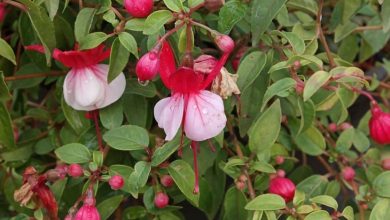
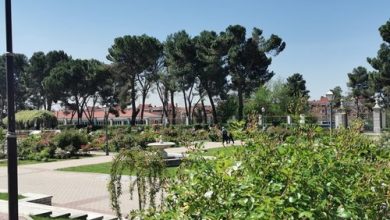
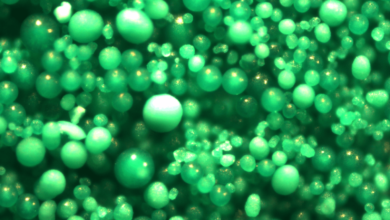
![Photo of Calcium in Plants: [Use, Advantages and Detect Deficiencies]](https://www.complete-gardening.com/wp-content/uploads/2022/08/calcium-in-plants-use-advantages-and-detect-deficiencies-390x220.jpg)